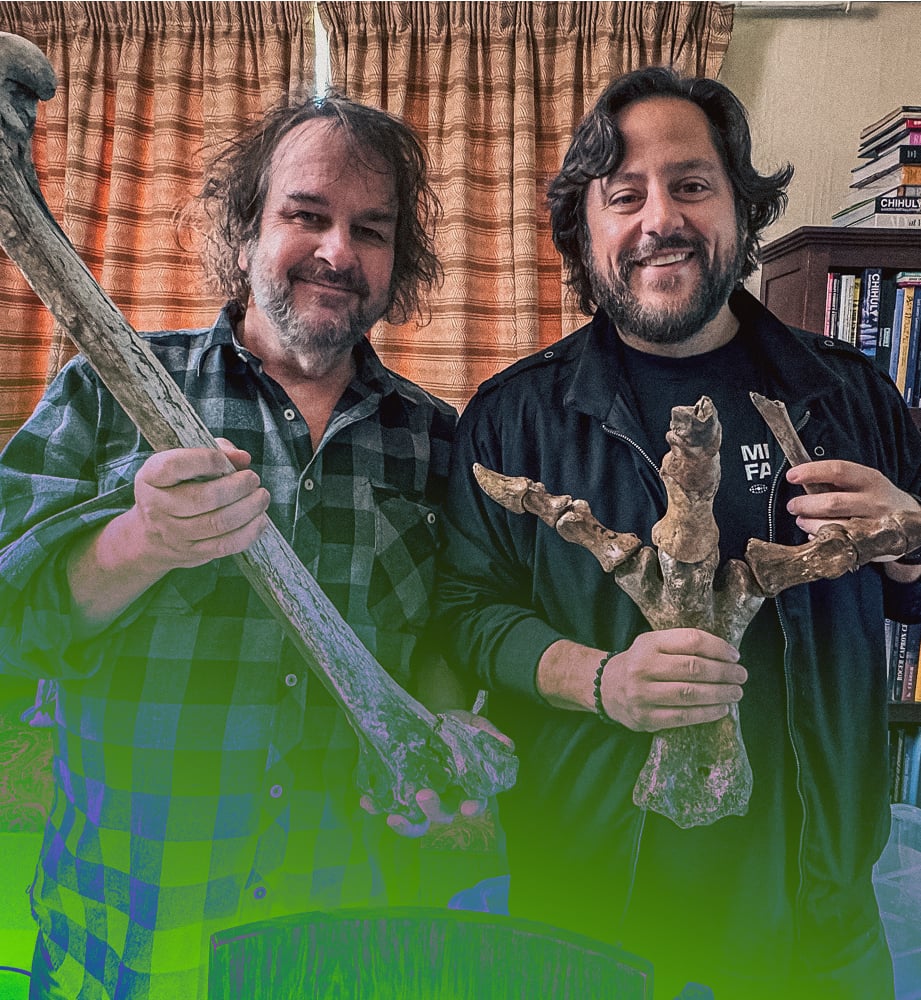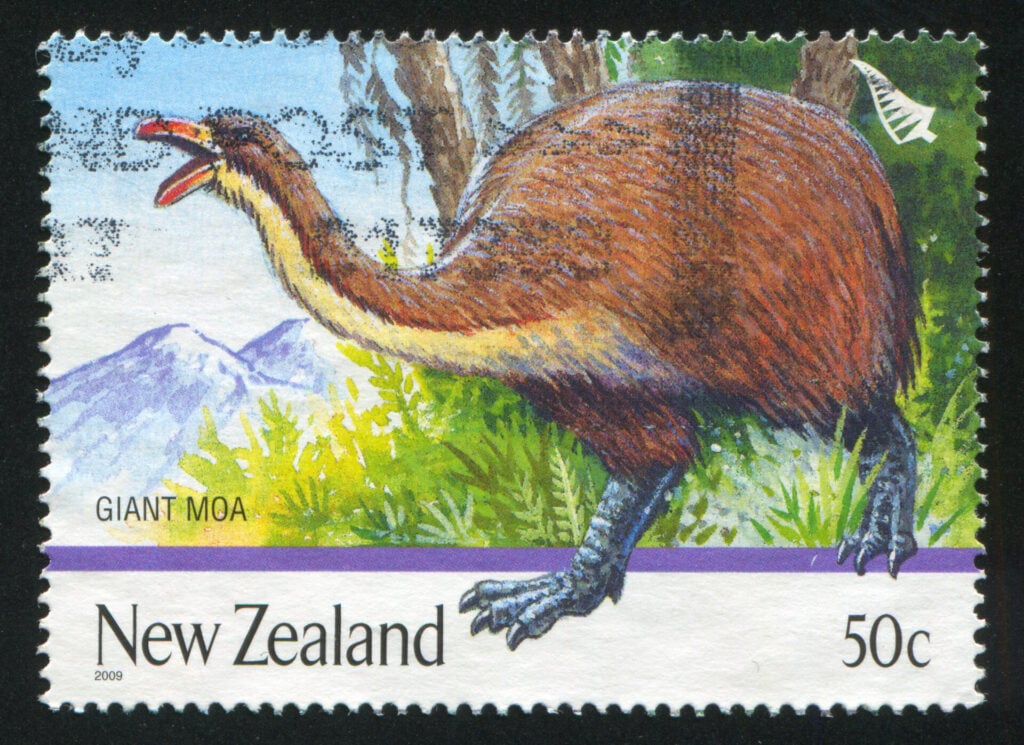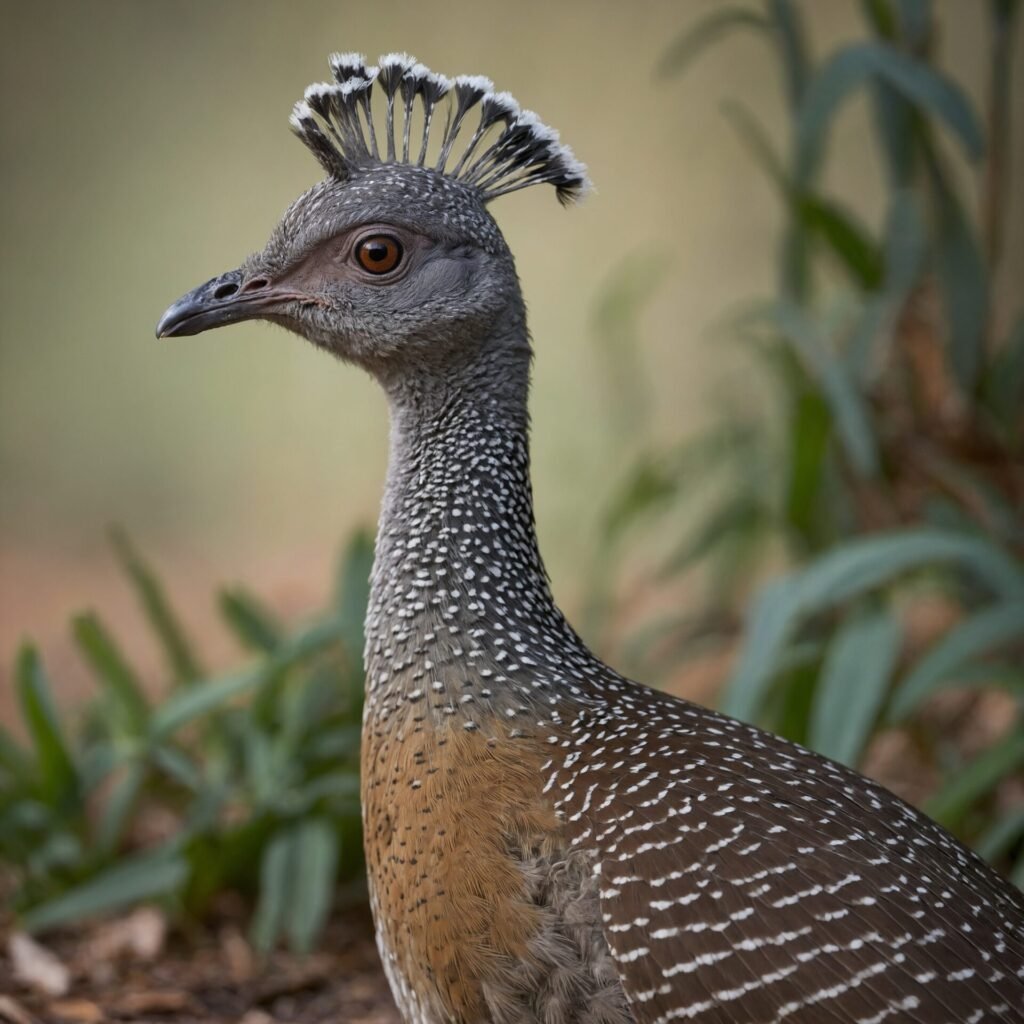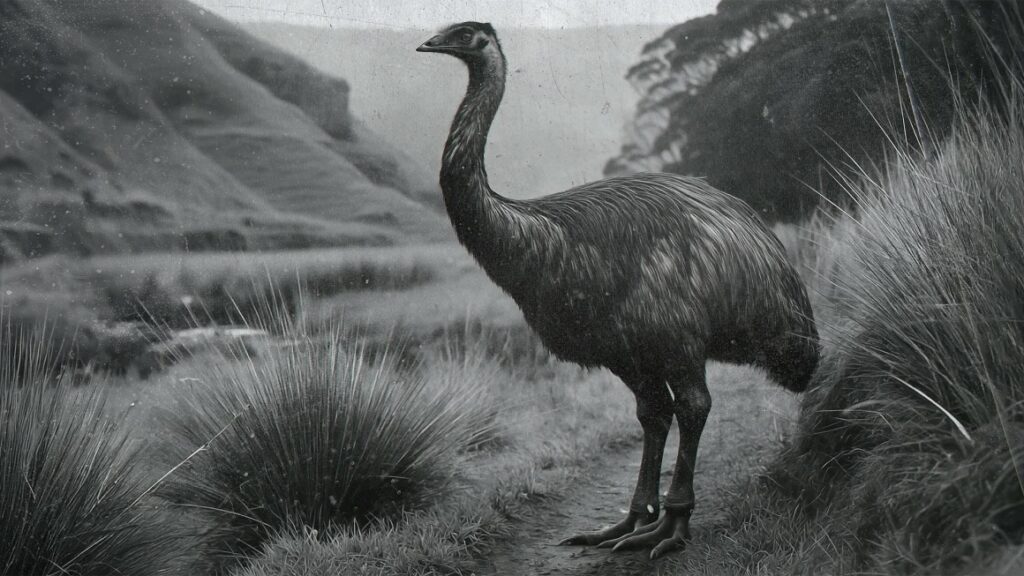Genetic engineering specialists at US firm Colossal Biosciences have announced plans to resurrect the tallest bird ever to walk the Earth, the three metre high moa.
For thousands of years, prior to the arrival of humans, the wingless herbivore lived in the forests and grasslands of New Zealand.
Today, records of the enormous animal survive only in traditional Māori oral histories, as well as thousands of discoveries of bone, mummified flesh and the odd feather.
Now the giant has joined the dire wolf, woolly mammoth, dodo and thylacine, or Tasmanian tiger, on its list of animals that Colossal is trying to bring back from the dead.
The moa disappeared a century after the arrival of early Polynesian settlers in New Zealand about 600 years ago, most likely because of hunting and harvesting of its eggs for food.
The Texas-based company says it is aiming to resurrect the extinct bird within five to 10 years, in partnership with New Zealand’s University of Canterbury.
Why Peter Jackson Is Backing the Moa
Backed by US$15m (AED55m)of funding from Lord of the Rings and King Kong filmmaker Sir Peter Jackson, who is a moa bone collector, the project will try to ‘de-extinct’ the huge bird by harvesting DNA from fossils, then editing genes of its nearest surviving relatives, such as the emu.
The genetically modified birds will be hatched out and released into enclosed rewilding sites, the company said.

‘The hope that within a few years, we’ll get to see a moa back again – that gives me more enjoyment and satisfaction that any film ever has,’ said Jackson.
‘As a kid I was so excited by the many scientific wonders that I assumed would happen before I reached the age of 25.
‘I had no doubt that extinct creatures like the mammoth and the dodo, would soon be walking amongst us again. The world ahead was full of wondrous potential.
‘Six decades on, it’s fair to say that the world we live in is far from wondrous. So many dreams never came to pass. Then a couple of years ago, I became aware of Colossal Biosciences. Learning about the work this formidable group of clever people have been doing, has rekindled my hope for the future.’
‘Six decades on, it’s fair to say that the world we live in is far from wondrous. So many dreams never came to pass. Then a couple of years ago, I became aware of Colossal Biosciences. Learning about the work this formidable group of clever people have been doing, has rekindled my hope for the future.’
Māori archaeologist Kyle Davis is also enthusiastic about the project saying: ‘Our earliest ancestors in this place lived alongside moa and our records, both archaeological and oral, contain knowledge about these birds and their environs.
‘We relish the prospect of bringing that into dialogue with Colossal’s cutting-edge science as part of a bold vision for ecological restoration.’
Scientists Debate the Moa’s Return
However there are also concerns that resurrected hybrid species are designed for habitats and ecological environments that may no longer exist.
Dr Tori Herridge, an evolutionary biologist at the University of Sheffield said the company’s initiatives are best thought of as scientific experiments rather than genuinely bringing back extinct species from thousands of years ago.

She explained: ‘Is de-extinction possible? No, it is not possible. What you could potentially do – we’ll see – is create a genetically modified organism that may contain some appearance traits that are linked to a previously extinct species based on what we think they were like.’
But Prof Andrew Pask, who is working on the moa project for Colossal, said the critics are wrong.
‘For many of our living species on the brink of extinction, the damage has been done. They are in an extinction vortex where the population spirals to extinction. The single, only way out of this is by bringing back lost diversity into those species genome. This is what de-extinction technology can do,’ he said.
Using gene-editing techniques, Colossal scientists plan to re-engineer the DNA of the moa’s closest living relatives, such as the emu or tinamou, by introducing genetic traits extracted from ancient moa remains. These modified embryos would then be incubated in surrogate birds, with the goal of hatching living animals that closely resemble the extinct species.
‘To say it is not possible is just not true.,’ adds Prof Andrew. ‘It is hard. It is complex. But we have all the tools to do it. If we re-engineer a genome that is 99.9 per cent identical to a thylacine, a moa, a mammoth then that animal would be as similar to a moa and any two moas would be in that population.’

The project also has the support of representatives of the original peoples of New Zealand.
Prof Mike Stevens is Director of the Ngāi Tahu Centre for indigenous studies at the University of Canterbury.
He said: ‘During the14th and 15th centuries, moa provided meat for sustenance, and bones and feathers for tools and decoration, especially in Te Waipounamu (a region of historic and spiritual importance to Māori). And the loss of moa, through over-harvesting and habitat modification, was a salutary lesson as to the New Zealand archipelago’s “fragile plenty”.
‘We Ngāi Tahu have successfully partnered with the New Zealand government over many decades to protect and enhance endangered species, especially bird species. However, we are particularly excited by this project because of the extent to which it enables us to exercise our rangatiratanga (leadership) and tikanga (customs) and the potential to bring ecological and economic aspirations into a singular frame.’









